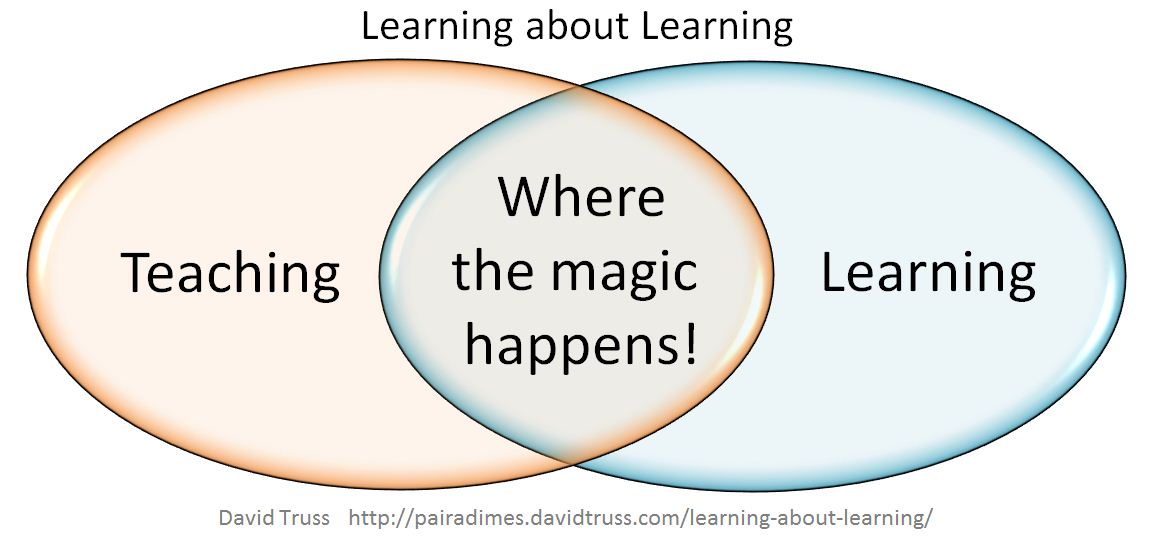In Visible Learning John Hattie basically says that almost everything we do in our efforts to help students in schools has a positive effect on students. However, much of what we do actually isn’t terribly effective… despite our beliefs in these practices. (For example: Homework)
John Hattie: Visible Learning Part 1. Disasters and below average methods
Next, John Hattie looks at the things that we do that are effective. Here are the ‘Top 15’:
- Self-reported grades/Student expectations
- Piagetian programs
- Response to intervention
- Teacher credibility
- Providing formative evaluation
- Mirco-Teaching
- Classroom Discussion
- Comprehensive interventions for learning disabled students
- Teacher clarity
- Feedback
- Reciprocal teaching
- Teacher-student relationships
- Spaced vs mass practice
- Meta-cognitive strategies
- Acceleration
John Hattie, Visible Learning. Part 2: effective methods.
The teacher plays such a big role in creating the opportunities and environments that invite learning.
Now let’s take a shift from these videos and look at John Seely Brown on Entrepreneurial Learning. As you watch this, think about teachers as entrepreneurial learners. When John speaks about Harry Potter inspired writing, think about teachers passionately blogging about education.
When John speaks of World of Warcraft, think about teachers creating knowledge ecologies and students creating learning ‘dashboards’. When he speaks about blogging, think about yourself reading this now, think about how a blog post I wrote over a year ago on the future of education recently got a comment by Brad Ovenell-Carter which shared a link to the video below. Think about this visible learning!
When John speaks of the One Room Schoolhouse, think of our One World that is so intricately connected…
The Global One-Room Schoolhouse: John Seely Brown (Highlights from his “Entrepreneurial Learner” Keynote at DML2012) from DML Research Hub.
The Global One-Room Schoolhouse: John Seely Brown (Highlights from his “Entrepreneurial Learner” Keynote at DML2012) from DML Research Hub on Vimeo.
It’s time for educators to spend more time thinking about learning, and learning about learning. We are not in the teaching business, we are in the learning business. Let’s be role model learners, let’s share our learning publicly, let’s accept that sometimes we’ll fail, but know that we are getting better all the time… and so are our students.


Great post David. Hope you don’t mind me sharing this with fellow learners. I’ve asked them to bring one of the fifteen top points to circle time on Monday at our staff curriculum day. Thanks so much for your time.
Hi David. Great angle you’ve taken here on how we are in the business of learning (not teaching). Since creating “lifelong learners” is one of the critical roles of our education system – it only make sense that we MODEL for our students how we are lifelong learners ourselves. I always talk about how I liked school so much that I never left. In fact, this year I am in Grade 29 – and still lovin’ it.
I absolutely find that the most powerful “teaching” moments are those that I feel vulnerable and exposed because I have shared a part of myself (and my thinking) with students in a way that hopefully gives them insights into their own learning. Think aloud everything and some of what you share will resonate with each individual – in some way.
Thanks again for the great posts!
Something else that’s a by product of shifting from “teaching to” and towards “learning with”:
– teaching happens on the teacher’s schedule (whether or not students are ready for it). Therefore we need pass and fail, letter grades. To identify whether students have jumped through the hoop that was held out for them.
– learning happens according to the student’s “schedule” or readiness to learn. That might mean a little more maturity is needed, or brain development. Or that family problems or a death of a pet means their energy is focused elsewhere.
As coaches, mentors and co-learners, we can guide, we can encourage, we can “tend the soil” – but we work WITH students, not DO TO them. And that means we have to trust in time, nature and the students to walk their paths.
Of course, that doesn’t fit so well with a Provincially prescribed curriculum…
Hello! Would you mind if I share your blog with my twitter
group? There’s a lot of folks that I think would really enjoy your content. Please let me know. Cheers
Hello Mahalia,
My blog is shared with a Creative Commons Licences. You are free to share it on Twitter and in fact, I appreciate it when people share my work. Thank you for your interest.
~Dave
Just watched Sir Ken Robinson on YouTube How to Escape Education’s Death Valley. His comments resonate with me and my beliefs about learning. I love the common features of “alternative” schools. Fits well with comments made above.